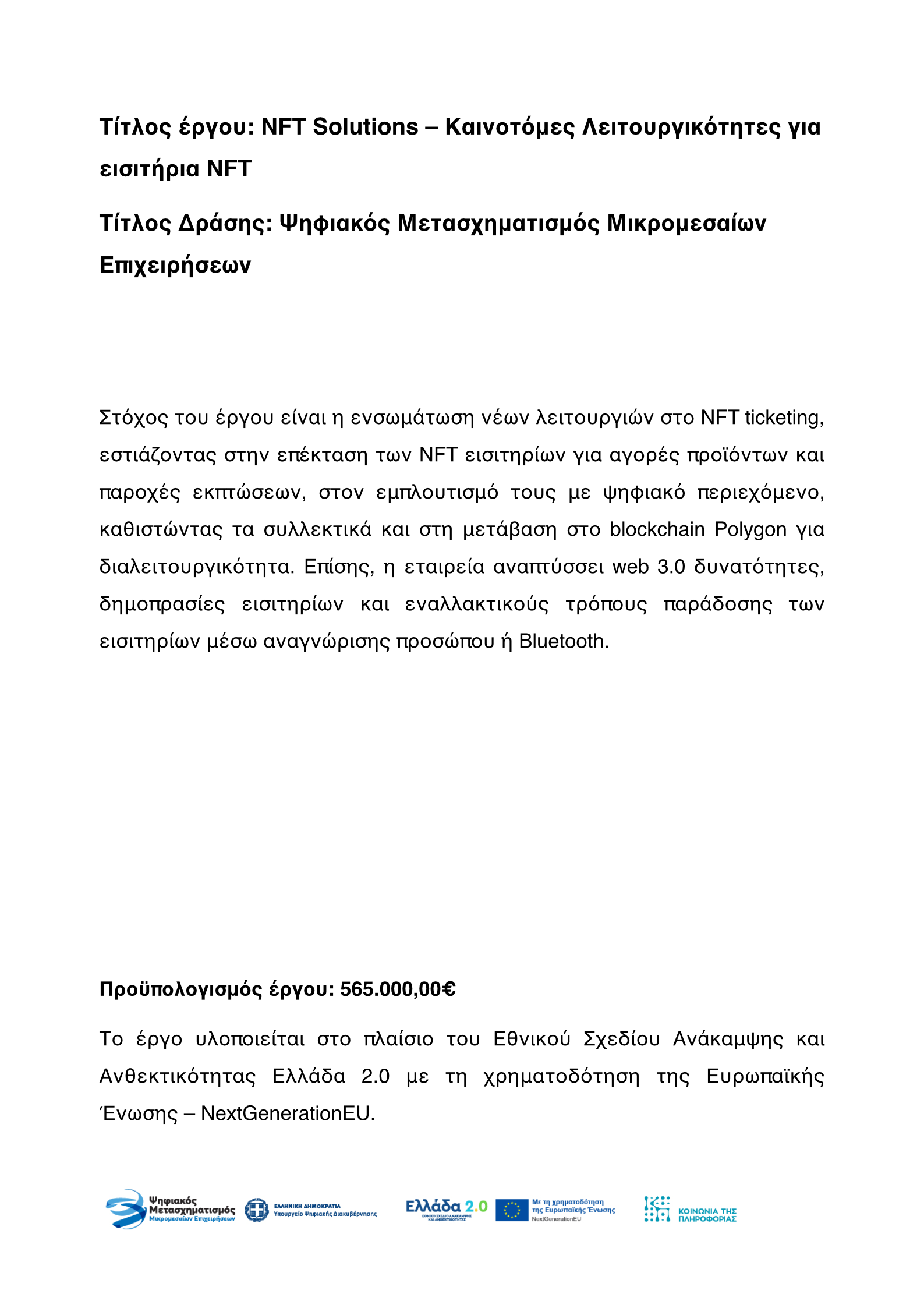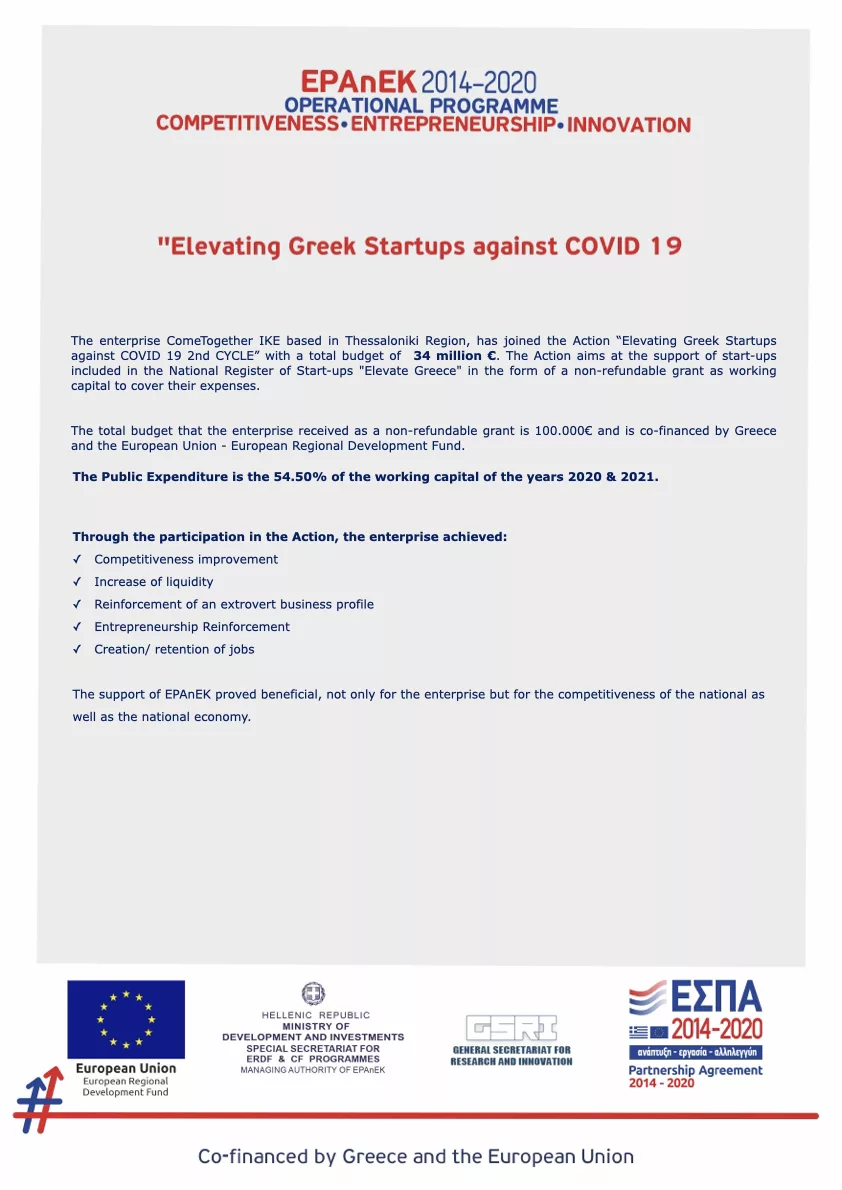Event organizers face an escalating arms race against sophisticated ticket fraud and scalpers operations that now commandeer 49.6% of all internet traffic—the highest bot activity level ever recorded. Advanced technological solutions combining AI-powered detection, blockchain verification, and biometric authentication are demonstrating 60-95% fraud reduction rates, while recent regulatory enforcement signals a turning point in industry accountability.
The ticket fraud ecosystem has evolved into a multi-billion dollar threat, with the global resale market reaching $3.4 billion in 2024 and projected secondary market growth to $43.2 billion by 2028. This represents not merely consumer inconvenience but a fundamental challenge to industry integrity, requiring strategic technological intervention to protect both revenue streams and fan access.
The scale of fraudulent activity has reached alarming proportions, with billions of bot attempts blocked monthly and entertainment websites experiencing 83.4% automation traffic globally. Bot operators have developed advanced persistent threats that employ machine learning algorithms, distributed computing networks, and sophisticated evasion techniques.
Pedro Bizarro, Co-Founder and Chief Science Officer at Feedzai, emphasizes the urgency: “Over 50% of fraud now involves AI, including deepfakes, synthetic identities, and AI-powered phishing scams.” This technological arms race has fundamentally shifted fraud from opportunistic individual actors to organized, well-funded operations employing enterprise-grade infrastructure.
The financial impact extends beyond direct losses. Chargebacks represent 34% of ticketing industry disputes, with advanced bad bots doubling in prevalence over two years. The entertainment industry shows particular vulnerability, with 70.8% of bot traffic classified as advanced, indicating sophisticated attack vectors that circumvent traditional security measures.
Geographic patterns reveal concentrated threat zones, with Ireland (71%), Germany (67.5%), and Mexico (42.8%) showing highest bad bot traffic rates. This distribution suggests coordinated international operations rather than isolated regional problems, requiring global response strategies.
Modern anti-fraud architecture employs convergent technologies that create comprehensive security frameworks. Blockchain-based ticketing solutions utilize immutable ledger technology to establish verifiable ownership chains, with smart contracts automatically enforcing transfer restrictions and price caps. NFT ticketing implementations have achieved over 90% fraud reduction in pilot programs, demonstrating the potential for cryptographic verification systems.
Dynamic authentication methods represent the next evolution in access control. Biometric systems deployed across MLB venues have achieved 68% faster processing speeds with 2.5x throughput improvements, while maintaining security through facial recognition algorithms that process verification in under two seconds. These systems convert biometric data to numerical tokens rather than storing actual images, addressing privacy concerns while maintaining security effectiveness.
AI-powered fraud detection represents perhaps the most significant advancement in preventive technology. Machine learning algorithms analyze purchasing patterns, device fingerprinting, and behavioral biometrics in real-time, with processing speeds under 100 milliseconds for transaction scoring. The US Treasury’s recent deployment of ML AI prevented $4 billion in fraud—a 6x increase from 2023—demonstrating the scalability of intelligent detection systems.
API-first architecture enables seamless integration across platforms. These systems provide real-time data synchronization, webhook notifications, and sandbox environments for testing, allowing event organizers to maintain operational flexibility while implementing robust security measures.
Successful fraud prevention demands systematic implementation rather than wholesale technology replacement. Event organizers should begin with digital QR code systems featuring dynamic refresh capabilities, which provide immediate fraud reduction with minimal infrastructure investment. These codes refresh every 15-60 seconds, preventing screenshot duplication while maintaining user accessibility.
The progression to NFC technology offers enhanced security through encrypted token exchange and device-specific pairing. Operating at 13.56 MHz with AES-256 encryption, NFC systems prevent unauthorized transfers while enabling contactless venue entry. Implementation costs range from $50,000-$200,000 per venue, with ROI typically achieved within 12-18 months through reduced fraud losses and operational efficiency gains.
Blockchain integration represents the most comprehensive solution, requiring $100,000-$500,000 development investment but offering complete transaction transparency and immutable ownership records. Smart contracts enable automatic enforcement of resale restrictions, revenue sharing, and dynamic pricing controls, creating self-executing security frameworks that eliminate manual oversight requirements.
Organizations must consider their specific risk profiles when selecting technologies. High-demand events with significant scalping potential justify advanced blockchain implementations, while regular programming may benefit from dynamic QR codes and behavioral analytics. Tamás Kádár, CEO of SEON, advocates for unified platforms: “Risk teams don’t need more tools – they need one that gives them a full picture.”
Recent regulatory developments have fundamentally altered the compliance environment. President Trump’s 2025 Executive Order directing “rigorous enforcement” of the BOTS Act signals unprecedented federal attention to ticketing fraud. The FTC’s new Junk Fees Rule, effective May 2025, mandates total price disclosure with penalties up to $53,088 per violation.
The Better Online Ticket Sales (BOTS) Act prohibits circumvention of ticket-purchasing controls, with penalties up to $16,000 per violation. Despite minimal historical enforcement—only one major action in eight years—the 2021 case against three New York resellers resulted in $3.7 million in civil penalties, establishing precedent for aggressive prosecution.
State-level regulations create additional complexity, with 16 states prohibiting scalping outright and seven requiring reseller licensing. Maryland’s 2024 legislation imposes $10,000-$25,000 penalties for speculative ticket sales, while New York maintains 10% markup limits with licensing requirements. Event organizers must navigate this patchwork of regulations while implementing comprehensive compliance frameworks.
International operations face even greater complexity. The EU’s Digital Services Act creates platform liability for illegal ticket listings, while individual countries maintain distinct requirements—Germany’s 25% markup limits, France’s certified-provider restrictions, and Belgium’s face-value-only mandates. Data protection compliance under GDPR requires explicit consent frameworks, breach notification procedures, and data minimization protocols.




















